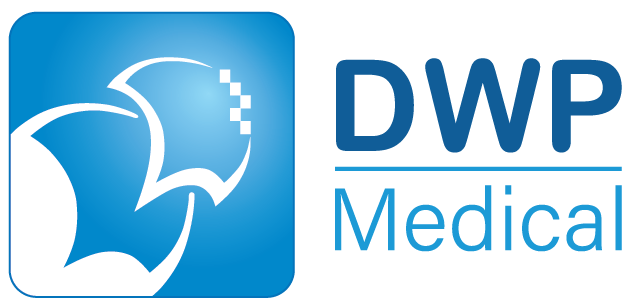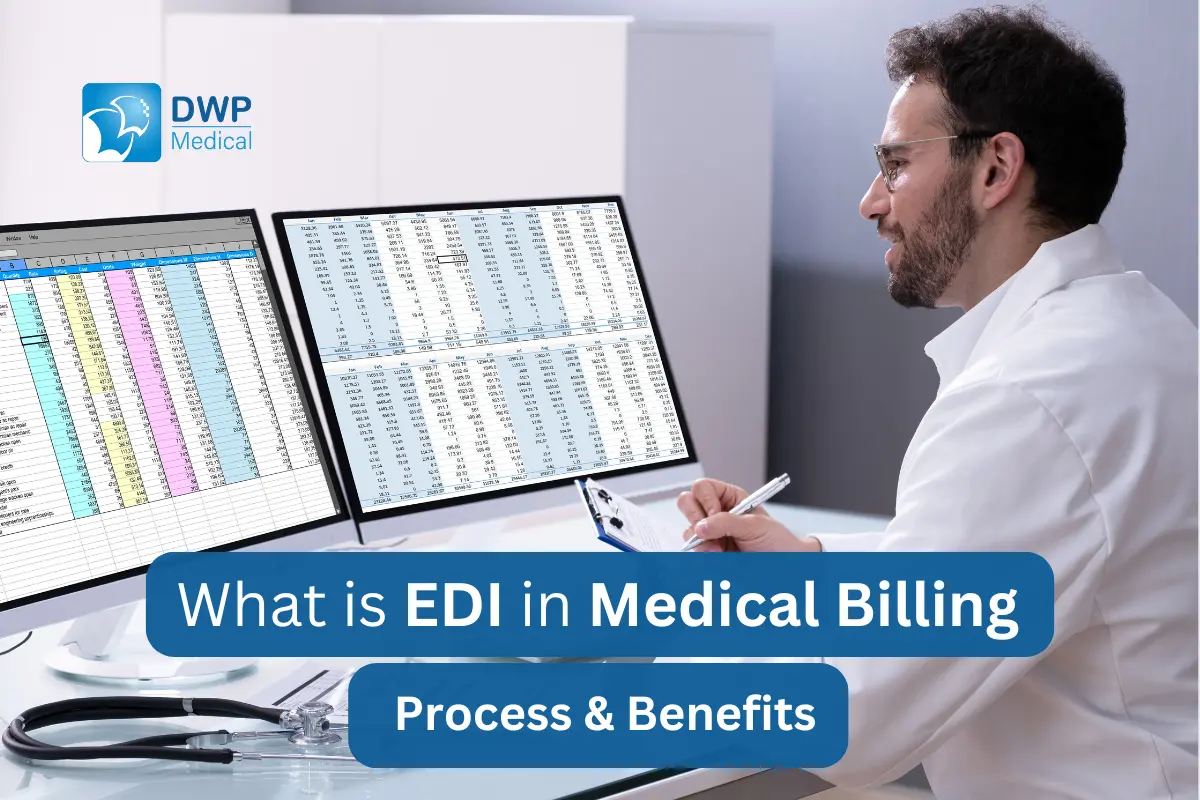There are ever-increasing challenges that healthcare leads to face especially in regards to patient information and billing. The term EDI (Electronic Data Interchange) comes into focus regarding it.
EDI in medical billing has made it easy to share important information such as claims, payments, and patient records with insurance companies.
EDI eliminates the use of paper forms, as well as the manual entry of information as it passes between systems. This increases accuracy, hastens the release of payment as well as reduces the chances of devastating billing mistakes. EDI in medical terms is used to refer to the above outlined digital exchange of health care information. It is a revolution for hospitals, clinics and insurers because it revolutionizes the medical billing process.
Now it is high time we look deeper into how EDI functions, why it is functional, and the benefits the health sector receives from it.
How Does Medical Invoice EDI Work?
Medical Electronic Data Interchange, commonly called ‘EDI’, structures and eases billing work in the medical field. It eliminates the past paper-based transactions with secure electronic transactions.
Here’s a process of how it works:
Claim Creation:
The healthcare provider builds a digital claim. This statement contains all the identifying features of the patient, diagnosis codes and service fees.
Data Formatting:
Medical EDI formats the claim in a standard way the paper has been formatted electronically. In concept, this format follows the electronic data interchange in healthcare requirements and thus can be read by anyone.
Sending the Claim:
The EDI system sends a claim. EDI senders safely convey it to the payer, which most often is an insurance company electronically. This means there is a direct secure transfer, thus, minimizing the impact of inaccurate coding and billing that are usually caused by manual entries.
Validation and Processing:
The claim reaches the insurance company; it verifies that and ensures it is complete. If all the information satisfies the payer, then the claim is considered paid. If there exists a problem, it is returned for alteration.
Payment or Rejection:
On validation, payment is affected by the insurance company. In case of the rejection of the claim, the healthcare provider gets a notice with information on the corrections that should be made to reuse the claim again.
The use of medical electronic data interchange in hospitals leads to fast billing and a reduction of medical billing errors. EDI enhances communication between healthcare service providers and insurers to avoid delays in payments.
Advantages of EDI in Medical Billing
The ability to use EDI in medical billing allows several benefits for contenders in the healthcare industry. The following are elaborated main advantages.
Faster Processing:
Medical Electronic Data Interchange is an electronic transaction medical industry used to exchange information with insurance service providers. This reduces the processing time in a very big way. It would allow for wider payment processing, leaving less room for billing and payment delays to the providers.
Improved Accuracy:
EDI in medical terms also means that data is structured according to established rules and regulations. Such standardization eliminates the bad impact of inaccurate coding and billing which might be caused by manual data entry techniques. The consequence is substantially more correct claims and fewer numbers of rejections.
Cost Savings:
EDI eliminates all paper forms like those used in the completion and mailing of health-related documents. Less carton utilization and avoiding paperwork greatly contributed to savings. This can free up resources for other areas that the provider organization can use to improve the delivery of patient care.
Improved Security:
Electronic data interchange providers employ secure systems of transfer in the form of encrypted ones. This ensures the proper privacy of patient’s records and medical details from the outside world. Hence following the state’s healthcare data protection standards.
Increased Efficiency:
EDI simplifies the entire billing process. This feature can also help the electronic data interchange providers by saving the time and effort needed for most data entry and reducing the amount of paperwork that faced the providers at that time. This leads to the general improved functional efficiency of operations.
Improved Data Tracking Ability:
Due to the integration of EDI in medical billing, one can obtain the history of the transaction with ease. Applicants and healthcare personnel get information about the status of claims payments in real time and can solve problems swiftly. The effectiveness with which data is managed will translate to an effective management of funds.
Improved Patient Experience:
In EDI, medical coding is done timely and corrected if necessary and patients also receive clear billing statements. Less time is wasted on billing issues since errors are reduced making a patient’s experience efficient.
EDI in healthcare is not just billing, it is a complete paperless solution to managing patient’s information and payments. EDI is already a powerful tool in healthcare billing today. Because it has more advantages than manual processes, such as speed, accuracy and security.
EDI is more than reducing transactions; it establishes a secure connection between nursing services, doctors, and insurance companies. EDI has the potential of paring down most of these callous time-consuming functions to help hospitals redirect more of their efforts to serving patients.
Moreover, being in standard electronic formats, EDI can easily be shared between different systems implying improved coherence in the healthcare networks. It also helps providers and payers and generally makes the billing process more efficient and patient-friendly.
To healthcare organizations, EDI is not just a tool for easy billing, it is a move closer to interoperable, patient-friendly healthcare.
Medical Billing Services at DWP
To fulfill the role of a responsible provider, DWP Medical annually updates its knowledge and helps to protect clients from possible billing risks. This helps in minimizing administrative costs and you see the healthcare profession focusing on attending to their patients. Regardless of whether you are a small individual practice or a big healthcare center, DWP has solutions for your company’s particular needs.
EDI Medical Billing Services With DWP
DWP can also provide medical EDI billing services that will create a competitive environment in the healthcare industry. When you leave your EDI requirements in the hands of DWP, you will be sure of a system that reduces claim rejections and shortens the payment period. The entire process of EDI is coordinated by the experts of DWP who also coordinate the submission of accurate claims and follow-ups.
The use of DWP’s outsourcing solutions means having access to the latest technologies and skills. Its EDI systems are more developed than its competitors and provide strong cooperation between providers, insurers, and clearinghouses and increase the data accuracy and claims’ velocity.
DWP Medical can create solutions that improve revenue. It allows you to have the best concentration on patients and enjoy the quality of the electronic data interchange services through a trusted partner.


